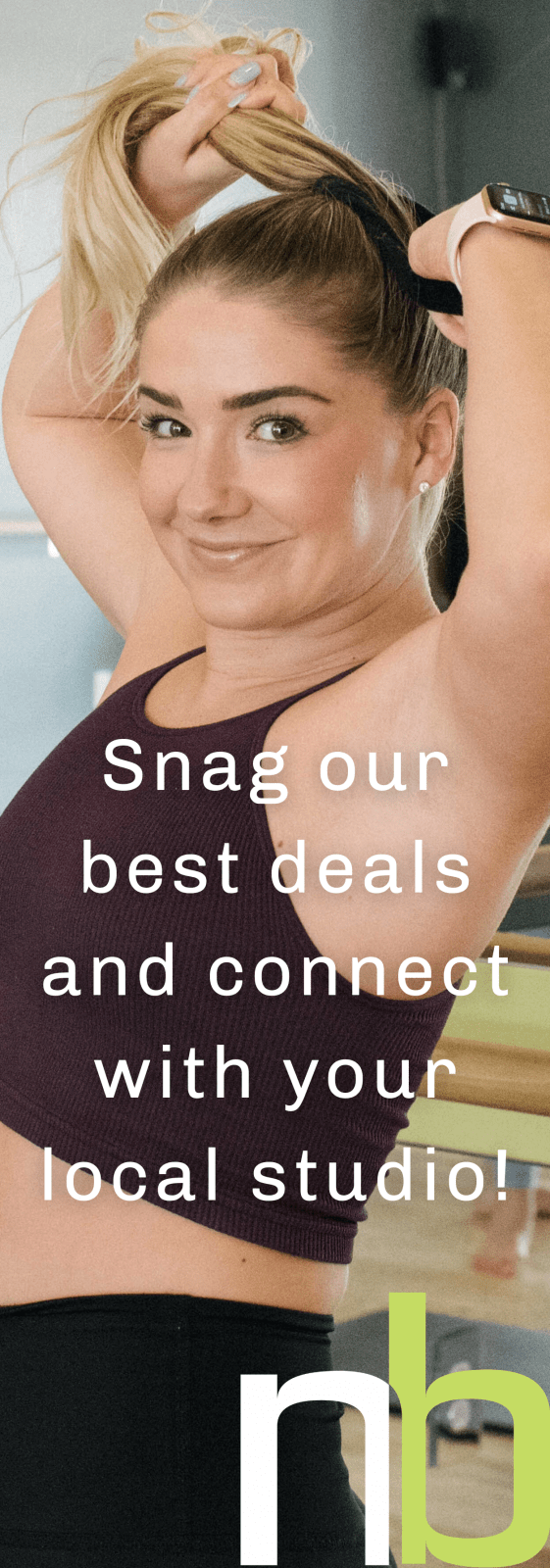Barre At All Levels – How and When to Modify
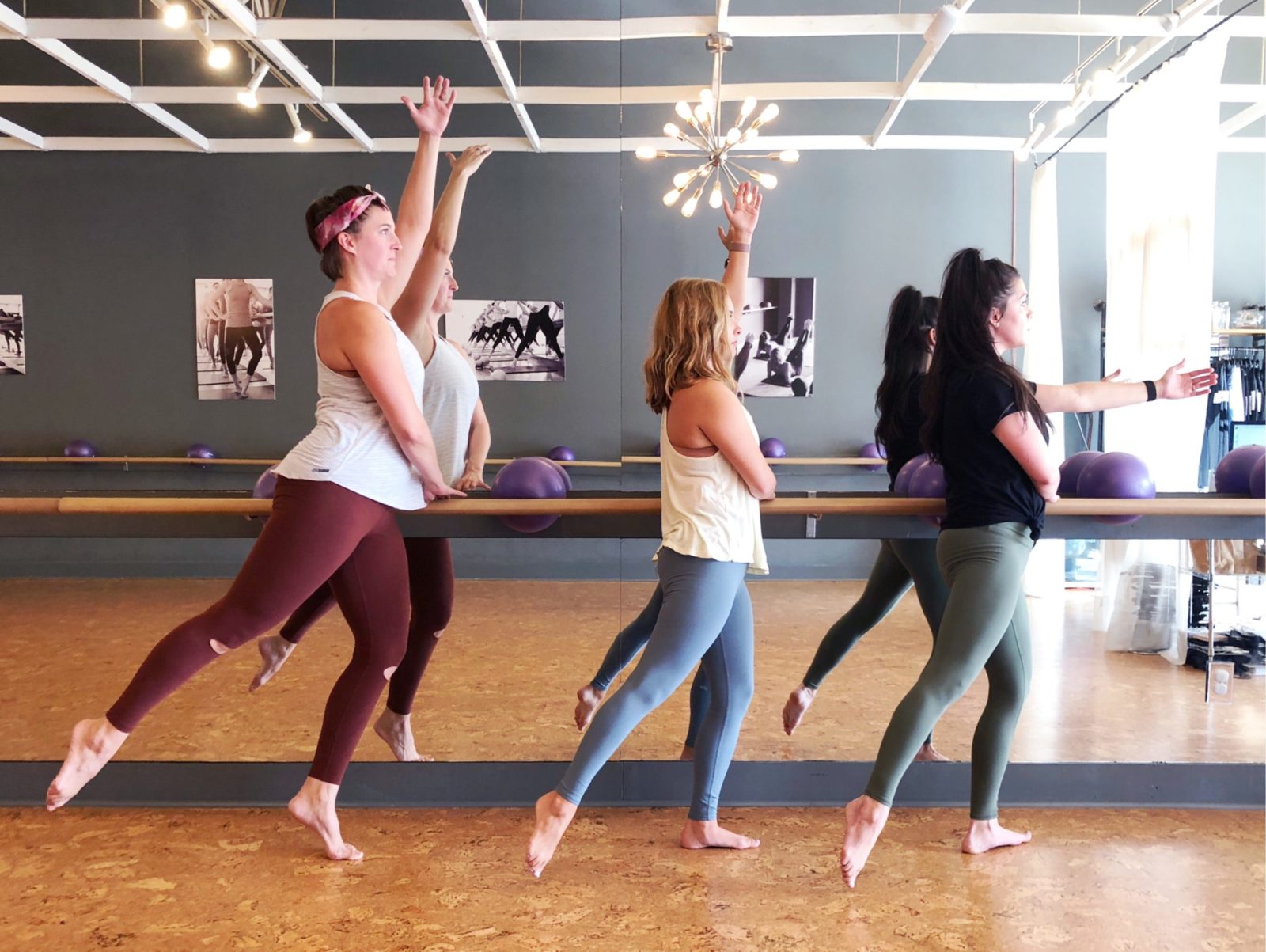
Are you meeting us half-way in class? We want you to feel like you can really give each exercise your all, but knowing that your all looks different, depending on the exercise, and maybe even on each side. It’s easy to set the expectation of performing at one level when exercising. But we’re here to give you the ante you need to approach each exercise, not just each class, customized to your personal level. Here’s what it really means to modify (whether upper or lower), to make your workout truly your own.
So where to begin? You should always begin ANY exercise at Neighborhood Barre from an origin of muscle activation. There’s a reason it’s called isometric strength training, right? There’s no choreography here, it’s just straight up flexing your muscle, which causes your body to move an inch. Let’s think about this in reverse. Instead of telling your mind, I’m going to lift my arm an inch in order to work my shoulder – Try thinking, I’m going to contract or flex the top of my shoulder, which causes a slight lift of my weight, or wrist. The muscle contraction is your cause, the physical movement is the effect. Stick your arm out right now, without any equipment, and try it, using this reversing method of thinking. It makes a difference right?!
You have to master the basics and train your body to engage from the right place, before you take on equipment, balance checks, popping your heel, or anything else that your instructor may cue. Remember these are always options, and there’s a reason we don’t begin with a lot of these choices right away when starting an exercise. Whether you’re a new or veteran client, we challenge you to take your next class without any equipment, to tune into how you’re engaging your body throughout class.
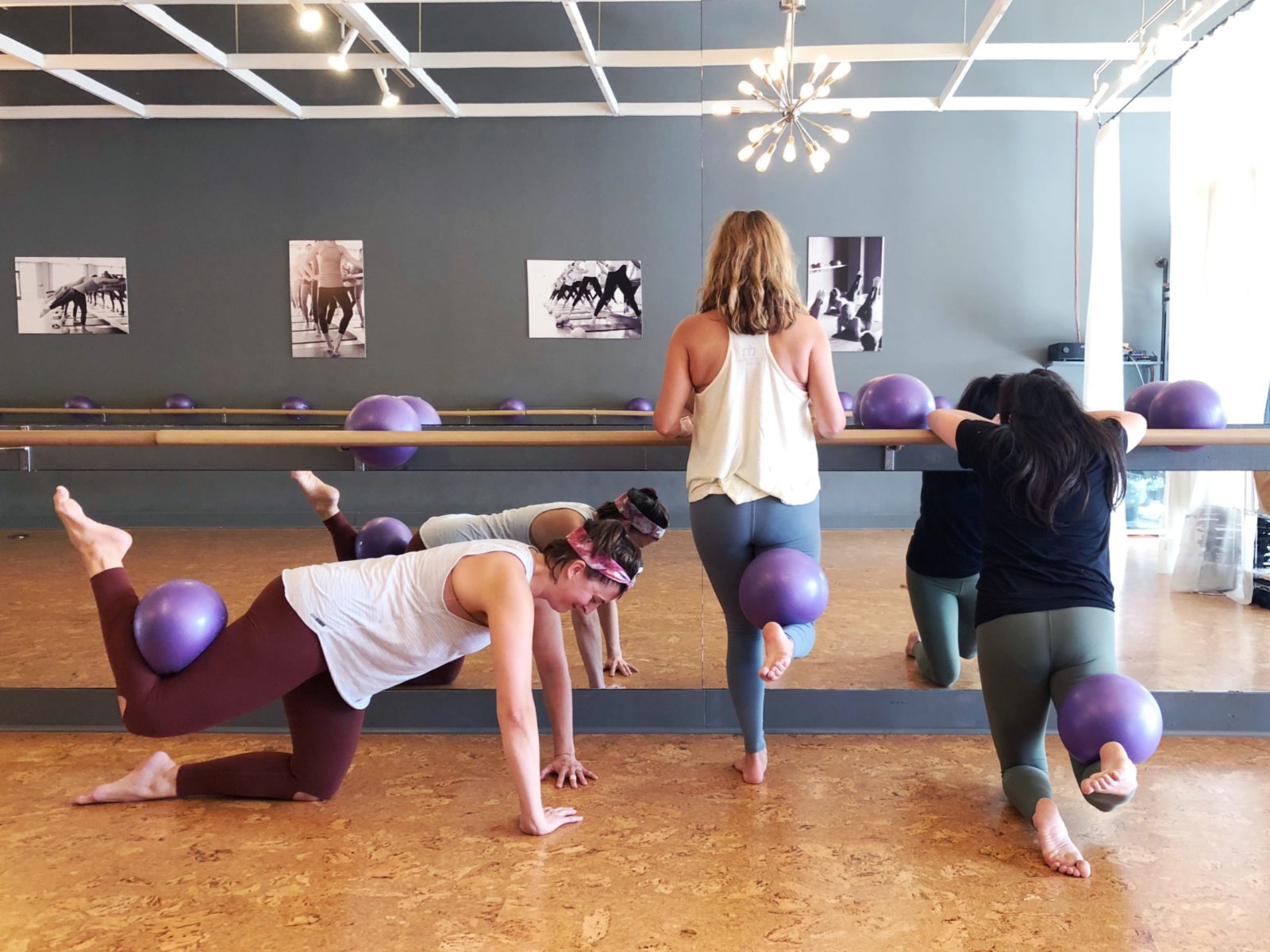
Next, check in with yourself to see if you’re actually listening to your body during an exercise, or are you telling your body what it needs to do? Or worse, are you secretly trying to be your neighbor’s shadow? You have to have your blinders on in class, and not get discouraged by what someone else may be doing that you’re not. Things feel different from exercise to exercise, from left side to right side, from day to day. Remember to respect the signals your body is giving you and adjust from there. If you feel the exercise somewhere differently from what the instructor is telling you, that’s your signal to adjust.
We hear this most commonly in seat exercises (feeling it in your standing leg, or in the hip flexors). Any time you feel something more in the supporting side of your body, or worse – in the front-side (and not back-side) of your body, its a matter of where you’re resting your weight. You must stay centered, so you can put as much body weight, and work, into the correct side. When standing, think about adding a slight hinge from your waist, so you are able to re-engage your core, and keep your shoulders in line with your hips, versus leaning into the barre. If this still doesn’t cut it, then turn to face the barre, take a forward-folding position (head to the barre), and box your arm out, on the same working side. Any time you’re on All 4’s, try lowering yourself onto both forearms. This basically forces your body to redistribute your weight onto the correct side.
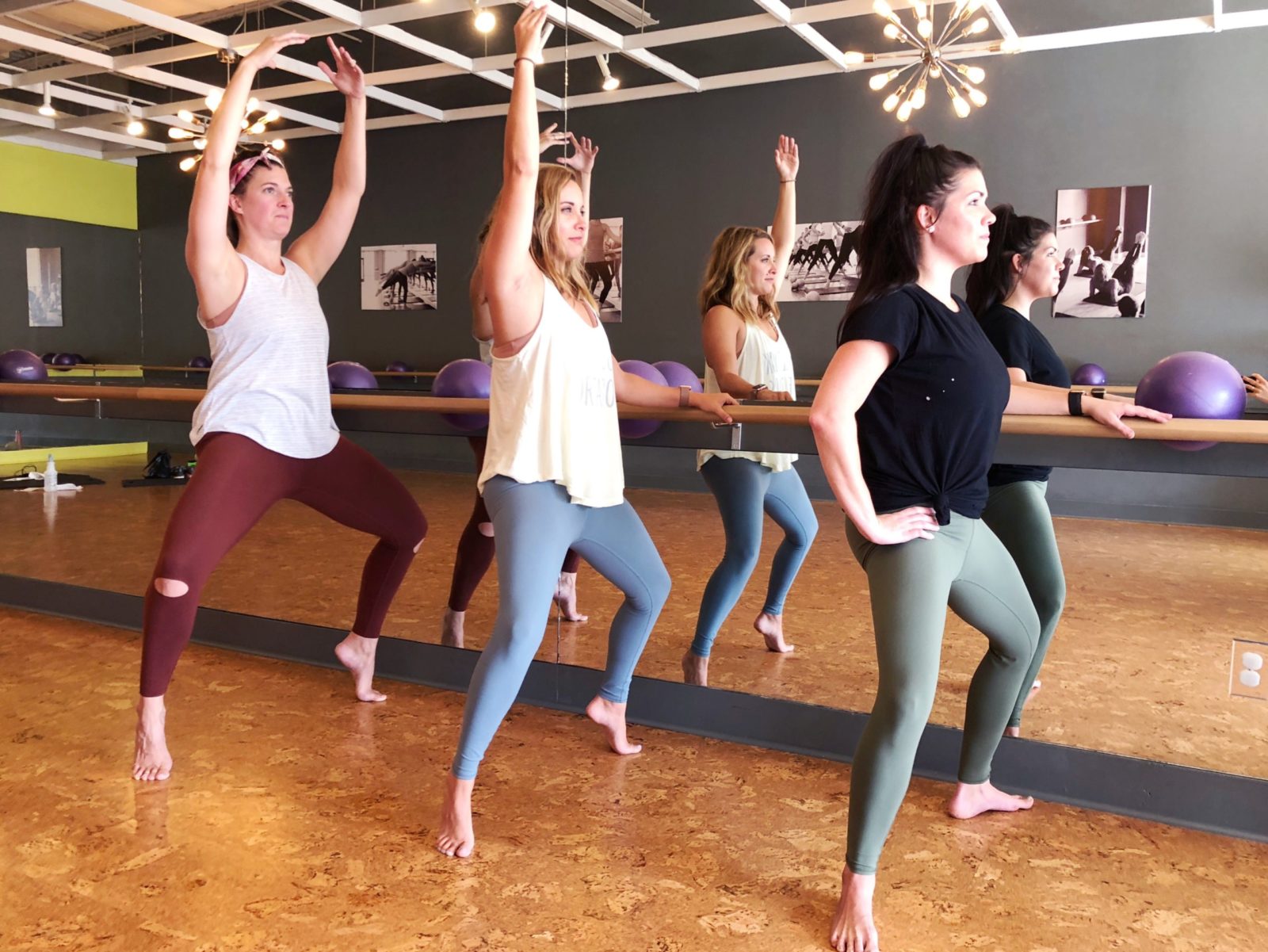
A similar effect, for advanced clients, is a balance check. Not only does adding in a balance check add a greater core and stability challenge, it re-adjusts your body weight, so you can re-center and better isolate the working side, with an added cardio element. Try adding a balance check throughout class, meaning in thigh work, seat work, and during abs. Other ways to increase the burn include adding a reverse grip in any standing thigh or seat exercise facing the barre. This forces more opposition utilizing your own body weight.
Alternately, try relying on the barre less for other standing exercises. Check yourself by letting go of the barre for a second or two during the exercise to make sure you’re not using your upper body to rest weight onto the barre. Next, try improving your balance by taking your hand(s) forward, and eventually overhead for more of a challenge. Just make sure your posture isn’t compromised when you add these elements, or your lowest working position (try not to lift your body up with your arms!). Next, try adding a pop to your heel to again improve stability, while also increasing your calorie burn by adding in more work for another part of your body. Think also about engaging on the equipment throughout the entire exercise, versus only when an instructor may be cueing a squeeze, or a press. See if you can hold the squeeze, or press, from beginning-to-end, then challenge yourself to squeeze deeper, or press harder, every time it’s being cued.
We also hear complaints of a sore neck or tight hip flexors during abs. In ab exercises, you want to focus on finding a C-spine (without pushing your shoulders into your ears!), to engage your core, regardless of the move that you’re performing. So think about constantly pulling your belly button back, and stretching your shoulders, or fingertips, forward. The same principle actually holds true when we’re performing ab exercises on our backs. You want to lace your rib cage, by pressing your waistband into the mat, and still maintaining your ‘tucked’ lower abdominal position, so you’re not pulling from your hip flexors.
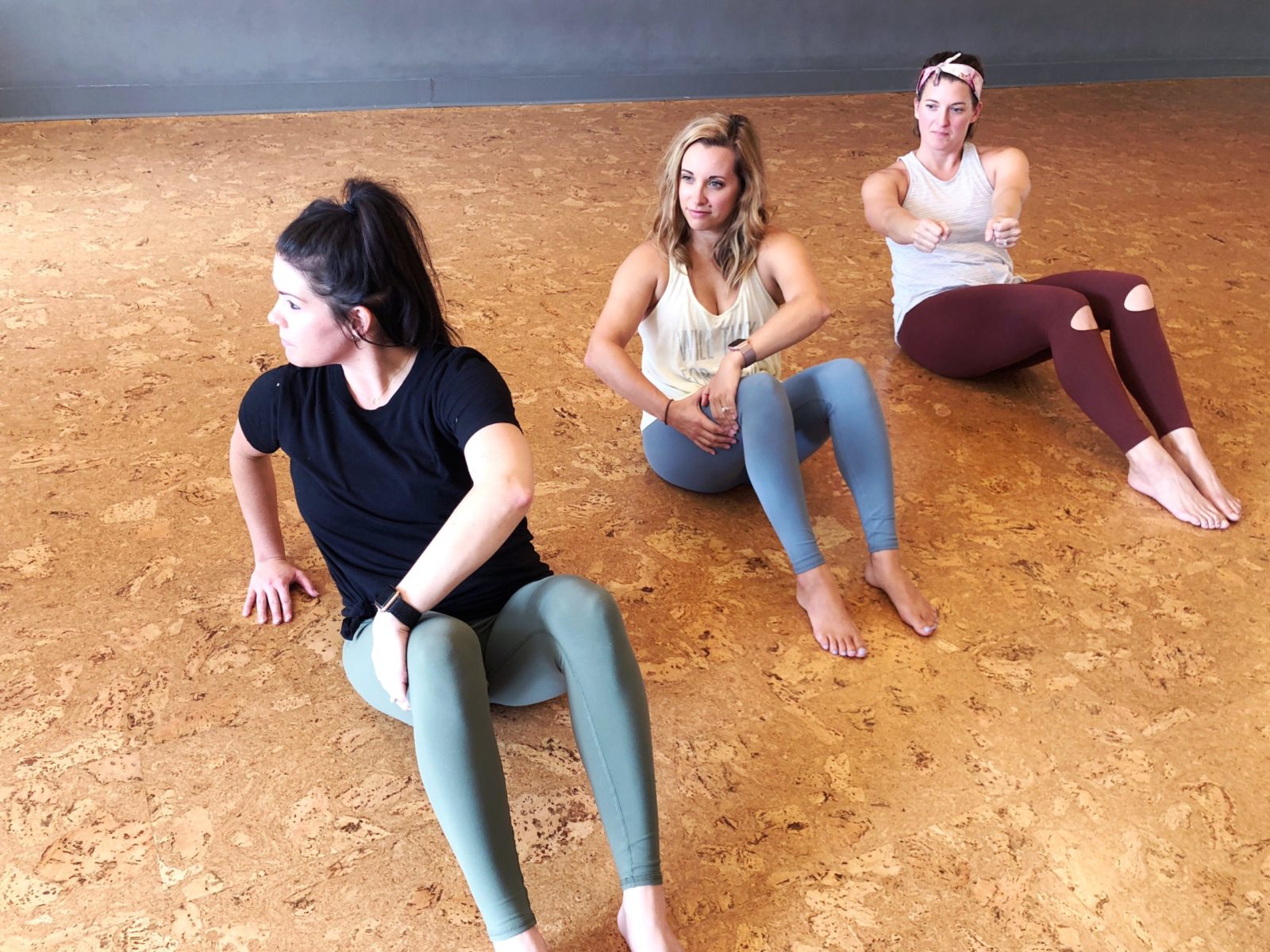
Need less in abs? Remove the equipment. Utilize a soft, supporting grip with one or both hands to support your body weight, but also reconnect your mind to the “C-spine” formation, so think about your elbows pointing up anytime you take a light grip. Neck on fire? Try taking the physical movement out of it, and engaging your core through breath control. Think about exhaling to contract your core, feeling your belly button draw down and inwards. You can add an arm pump to help you connect your contraction to your breathing, which will increase your exhalations. Tight hip flexors? Keep a bend in your leg(s) whenever we’re working in an extended position (think bicycles, scissor kicks or lifts, etc.).
Want more during abs? Think about incorporating movement from other parts of your body. Any time more than one part of your body is working, it automatically increases your calorie burn. So for example adding punches to your twists, or extending the leg that you’re twisting towards. Try flexing your feet back and crunching your heels in, to add lower abdominal work, while continuing your upper abdominal work at the same time. And again, adding in intentional breathing techniques throughout will also strengthen your core and improve your results.
Remember, your number one rule will always be muscle activation over anything else. And because your own body is your number one tool and most valuable ‘piece of equipment’ at Neighborhood Barre – we truly can add, or remove, something within every exercise to create a tailored approach to working out with your own body in class. Whether you’re looking for less, or more!, it’s important to talk to your instructor so we can empower you with the best choices in class.


